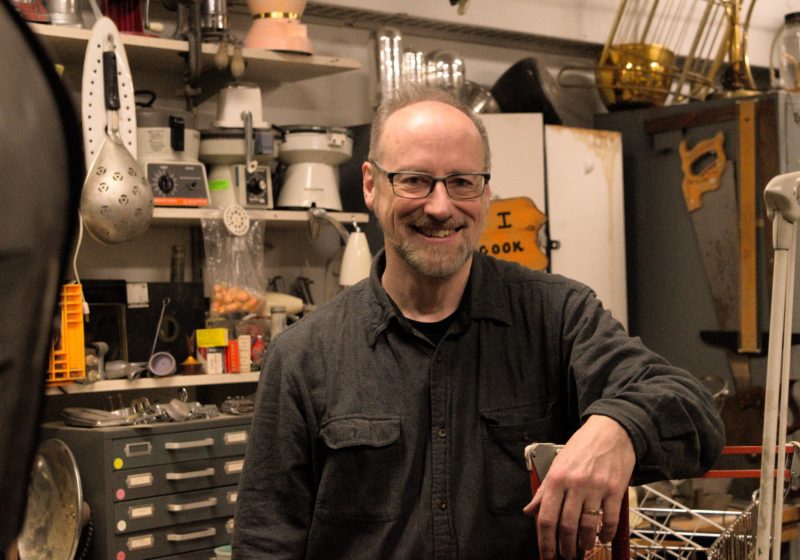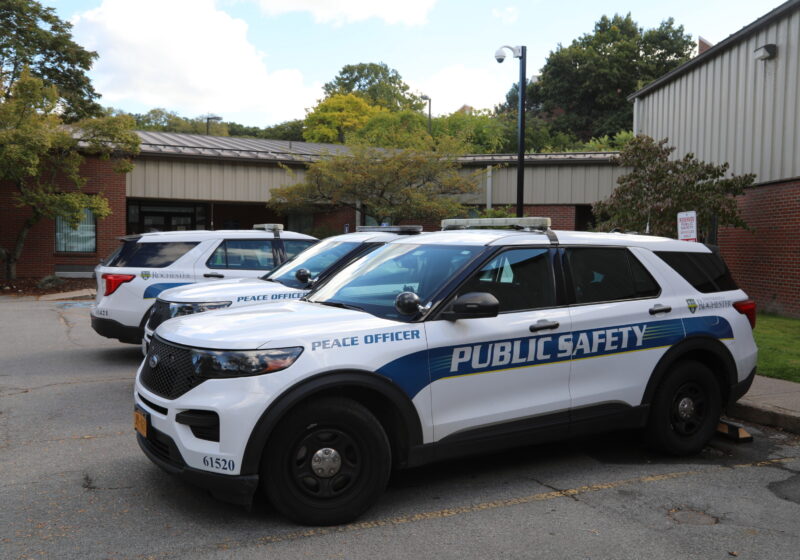As an art professor at a research institution, Allen Topolski is encouraged to embrace a research-like approach to art. “What we do is equated to research, so we’re expected to have shows and museums and galleries,” Topolski said. “Our studios equate to labs.”
For Topolski, art doesn’t fit within the current definition of research. When he finds himself trying to accommodate the research culture of UR, he questions whether it might compromise his work. “I’m always tempted to make an equation, but the equation itself shouldn’t be necessary,” Topolski said. “If making is a version of research, […] it’s problematic. I want a broader understanding of what [research] is.”
A key difference between art and traditional research is reproducibility. An experiment should yield the same results in the hands of different scientists, but art is unique to the creator.
“So often my assignments are inspired by another artist’s work and the way that artist thinks,” Topolski said. “I’m always shocked that students come up with a different solution. The solutions are endless.”
Still, some aspects of Topolski’s process resemble research. Pursuing a completely original project is an exercise in troubleshooting, even when creating a sculpture. “It’s always about the problem solving,” he said. “The solutions are accrued as you go along.”
There’s no protocol for what Topolski does in the studio. But, much like new research, an artist’s questions and answers may change as a piece develops. When working on a project, Topolski stays in tune with his surroundings to plan his next move. “Because I’m so process-based, I have to spend time in my studio and get caught up in my objects, and the space, and the things they carry with them to get prompted,” he said. “I shouldn’t just grab the first screws in the drawer.”
A finished product brings together elements accumulated throughout the creative process. Though there may not be just one right answer, every decision is weighted with significance and contributes to the message of the piece. “It’s a visual communication,” Topolski said. “When students say ‘it can mean whatever you want it to mean,’ that’s bullshit.”
Topolski’s work explores memory, nostalgia, and the space in between. “One is intellectual and one is emotional,” Topolski said. “They’re different sides to the same coin.”
In high school, Topolski spent time with his grandmother with Alzheimer’s. He relinquished strict control over his own reality to accommodate hers. “Her space and time weren’t any less real to her than mine was to me.”
This drove him to create physical representations of memory and nostalgia. “I’m not into art being about magic or catharsis, although I find it necessary to make things as my own version of catharsis,” he said.
Topolski balances the poignancy of his work with its common relatability. “I think we have a visual vocabulary,” Topolski said. “There are common words and there are rare ones, and I try to employ the common ones. It makes room for everyone else. There’s a common understanding.”
Topolski believes art is driven by the same curiosity motivating most research. “It’s about trying to find our place in this room and in the universe,” he said. “Our best students are the ones who question why they’re doing this in the first place.”
Topolski sees art, like research, as rigorous, but said it doesn’t hinge on the concept of accuracy. He added, “While research traditionally aims to be quantitative, the value of art does not depend upon a clean and reproducible final product.”
“It’s about process,” Topolski said. “The end isn’t necessarily singular or attainable.”





